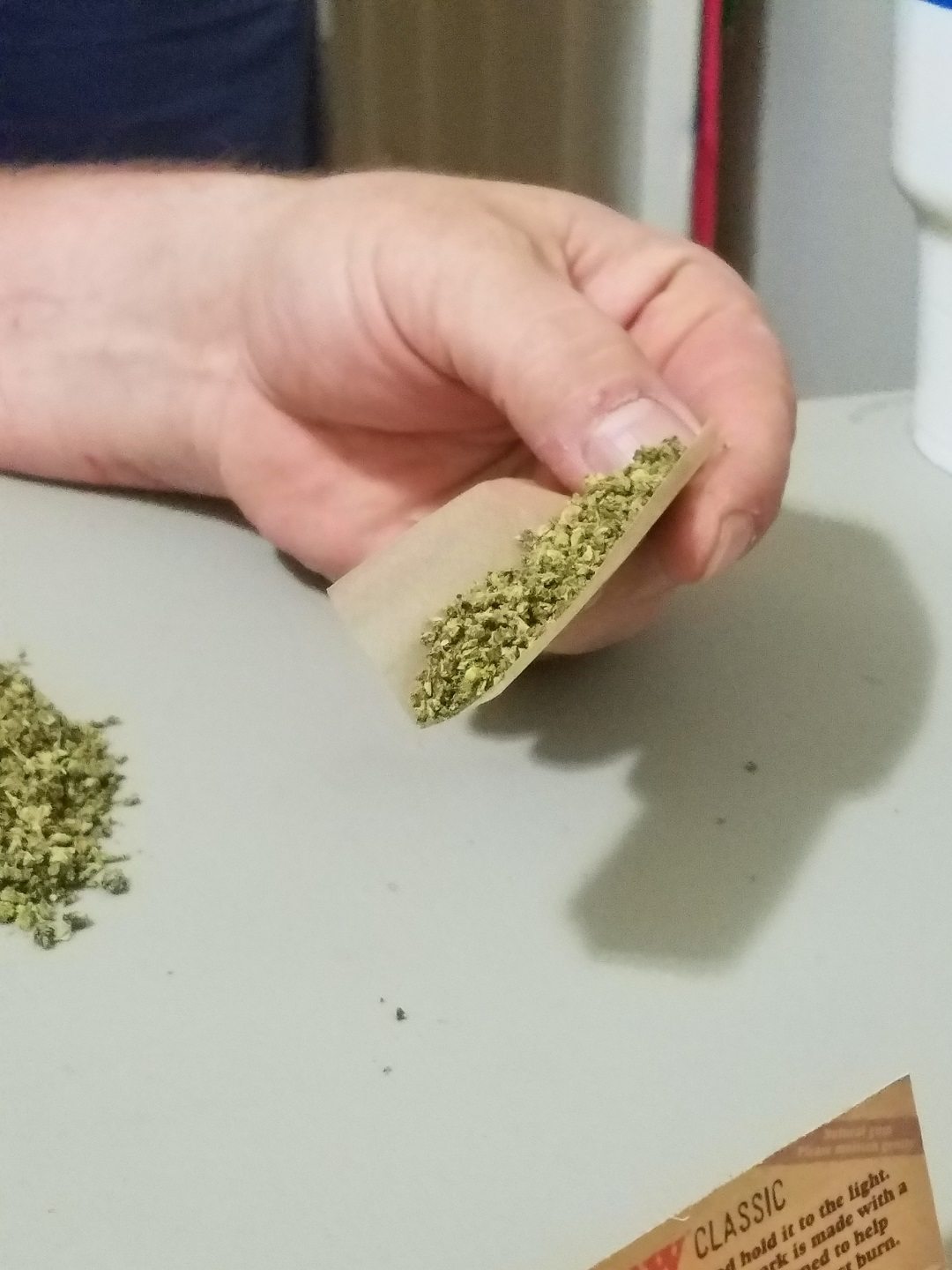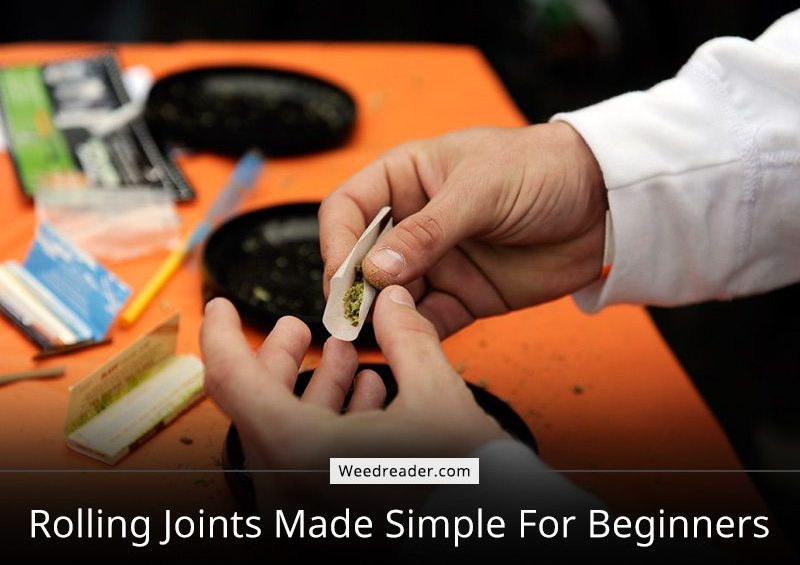There is a lot of slang in the cannabis industry.
Joints, blunts and spliffs are terms carried over from the black market to describe variants of the same experience. In an effort to avoid detection by authorities, the community adopted codes and slang. Breeders, dealers and users all have slightly different vocabularies when it comes to weed.
The constantly expanding code names and insider lingo makes it difficult for new or returning users to understand what they are asking for. A person may ask for a doobie, get passed a joint and after a few hits, put out a roach. In other words, ask for a marijuana cigarette, get passed one and put it out after people are done smoking.
As the legal market grows, more people are coming into contact with these code words. One example of slang being institutionalized is the term joint. Instead of calling it a marijuana cigarette, pre-roll or cone, many dispensaries call weed rolled in paper a joint. Even within a single dispensary, marketing can refer to joints as doobies, jays, J’s, pre-rolls, cones, and expect clients to understand that they all mean the same thing.
Even the simplest method to smoke weed is full of complexities.
What could be simpler than rolling weed up in some paper and setting fire to it? Instead of buying expensive glass pipes or vaporizers, go all Lone Ranger and roll weed up by hand to enjoy. I talked about how to roll the perfect joint in a previous article so check it out HERE if you want to learn the secret.
To help clear up the confusion, lets discuss the differences and similarities between joints, blunts, and spliffs. Essentially, they are all weed rolled in a type of paper. But there are some specifics that can make a major difference in how enjoyable the experience is.
But after we cover the differences between joints, blunts, and spliffs, lets touch on some of the elements that contribute to a good smoke. I specifically want to highlight the importance of grind quality, air-flow, and structural integrity.
Joints:
The marijuana equivalent to cigarettes, joints contain up to (or a little over) 1 gram of cannabis. Joints can have less than a gram of weed as well. An especially thin joint is called a ‘penner’ as it resembles a pen. Joints are normally rolled on hemp papers but empty cigarette tubes can be used as well.
Blunts:
The marijuana of cigars are called blunts. They contain at least 2 grams of cannabis and have no upper limit on size. Because of how heavy they get, blunts often use cigar paper or ‘blunt wraps’. Many blunt wraps come in specialized flavors like grape, sour apple, and chocolate to name a few.
Spliffs:
Marijuana cigarettes that contain tobacco are called spliffs. They can be any size but must contain tobacco to be considered a spliff. This can be in the form of leaf sprinkled in with the marijuana or a tobacco based paper.
The grind is real.
Grinding up marijuana is one of the absolute best ways to ensure consistency while rolling. It also takes less weed to make a joint if the marijuana is ground first. There are a few methods for grinding but some are better than others. Just remember to pick out as many seeds and stems as possible before grinding up the weed.
Mechanical grinders like the Cali Crusher and the Mendo Mulcher are designed to do a great job. Three piece grinders push the weed through blades before storing it in a small chamber below. Because of how they work, everything comes out evenly. Two piece grinders need more attention or the weed gets too finely ground.
Tearing weed apart by hand is slower than a grinder. Hand grinding also tends to crush the weed which results in uneven airflow. Plus the pieces tend to be too large to provide optimal surface area for smoking. While still a valid method, people generally prefer the tighter, cleaner and overall better results of grinders.
Coffee grinders have the opposite problem from hand grinding. Using a coffee grinder will quickly over-pulverize the product. Grinding for more than 2 or 3 one-second pulses will produce powder. The high speeds of coffee grinders are great for beans but they can damage gooey trichomes.
Mortar and pestles are terrible for grinding up weed to roll. Not only do mortars and pestles smash the weed, they make extracting wet plant matter almost impossible. Stone models can easily grind pebbles and sand into the weed as well.
Pack joints, blunts, and spliffs snugly.
Smoking requires a balance of surface area and air flow to work. While grinding can provide better surface area, airflow can stop when a joint or blunt gets packed too tightly. Before lighting the joint, always try to draw air through it to ensure it has good airflow.
Pre-rolls, cones and joints need air going through their interiors to burn ganja. Too much air causes the paper to burn before the weed has had a chance to combust. Too little air makes getting smoke to pull through the paper tube impossible. Luckily, there are some steps people can take to fix airflow issues.
If a joint is difficult to suck through, roll it between the thumb and first or middle finger gently. Continue gently rolling up and down the full length of the joint. This will coerce the weed to rearrange slightly without crushing it. The goal is to open small airways through the interior of the joint (like cracks in the earth) without losing structural integrity.
Maintaining structural integrity means many things. 
If a joint is packed too loosely, it will bend and weed could fall out. Passing such a joint is awkward and smoking it is difficult. But if a user packs a blunt too tightly, the paper will rip.
Joints, blunts, and spliffs with ripped paper are almost impossible to smoke. Dampening the paper slightly can help repair a small tear but increases the risk of additional tears happening. For these reasons, it is advised to discard any ripped, torn or punctured papers.
Filters or ‘crutches’ serve several structural purposes. They ensure everything stays in the joint until smoked and prevents saliva from making the tip soggy. Filters can be added during or after the rolling process but are worth the extra time and effort for most users.






